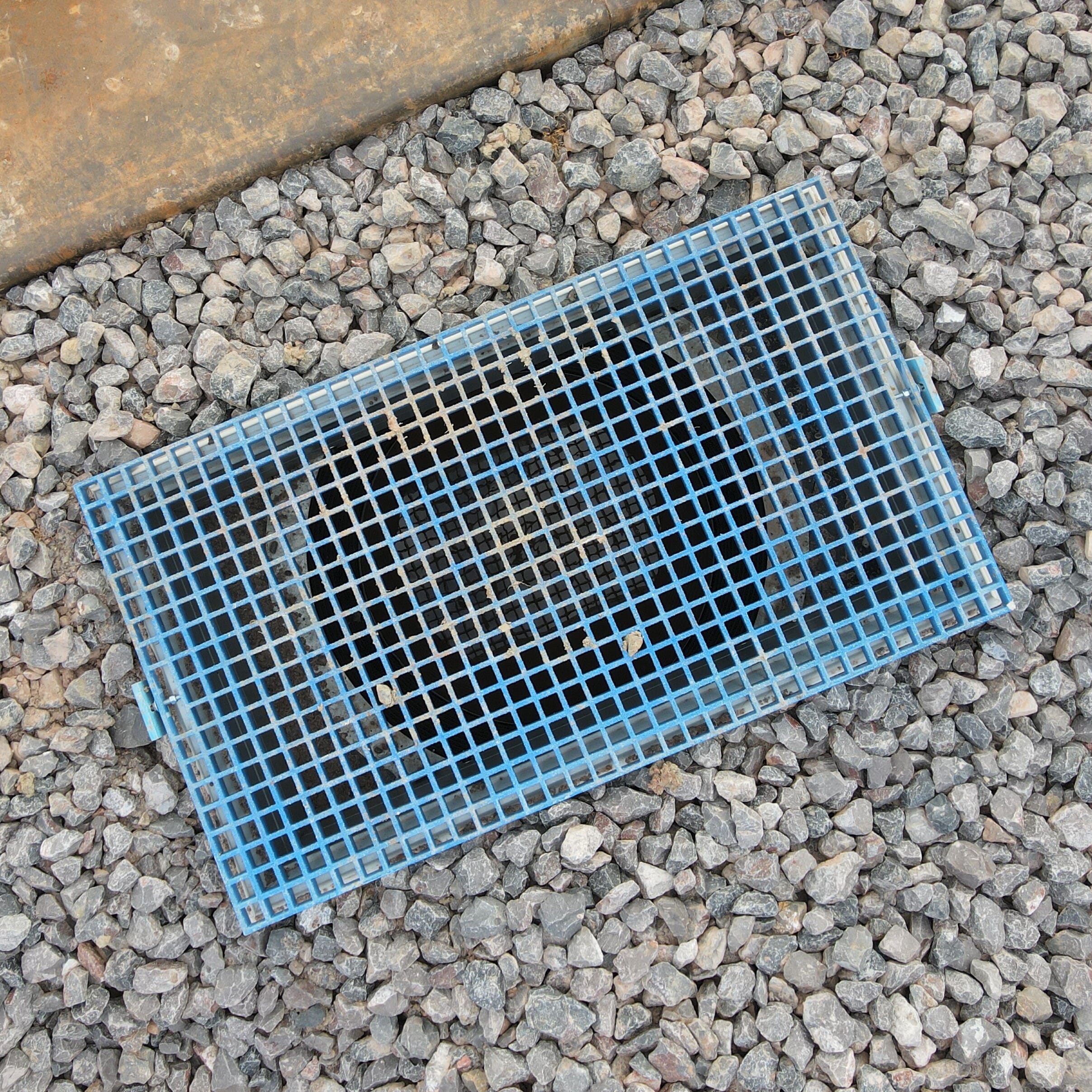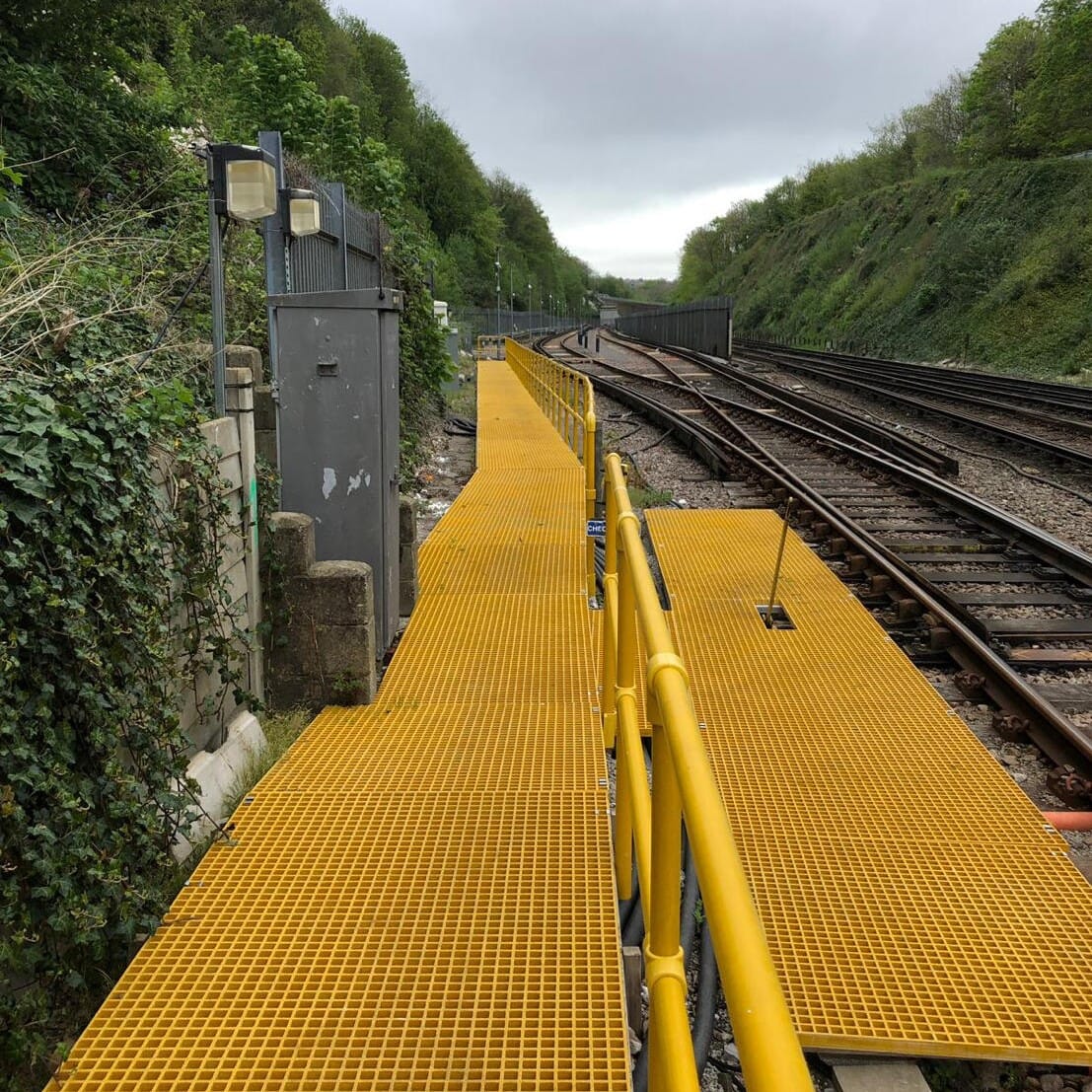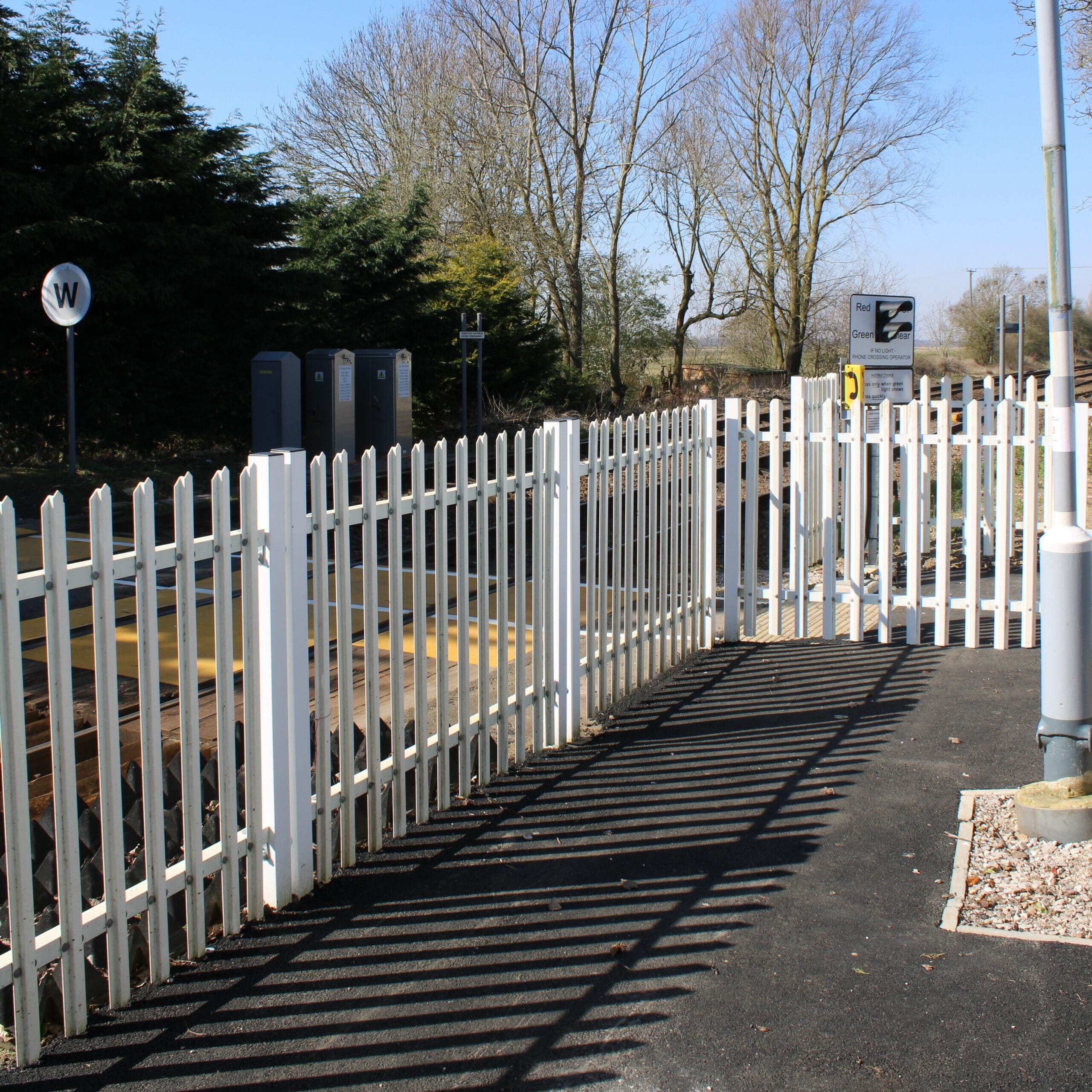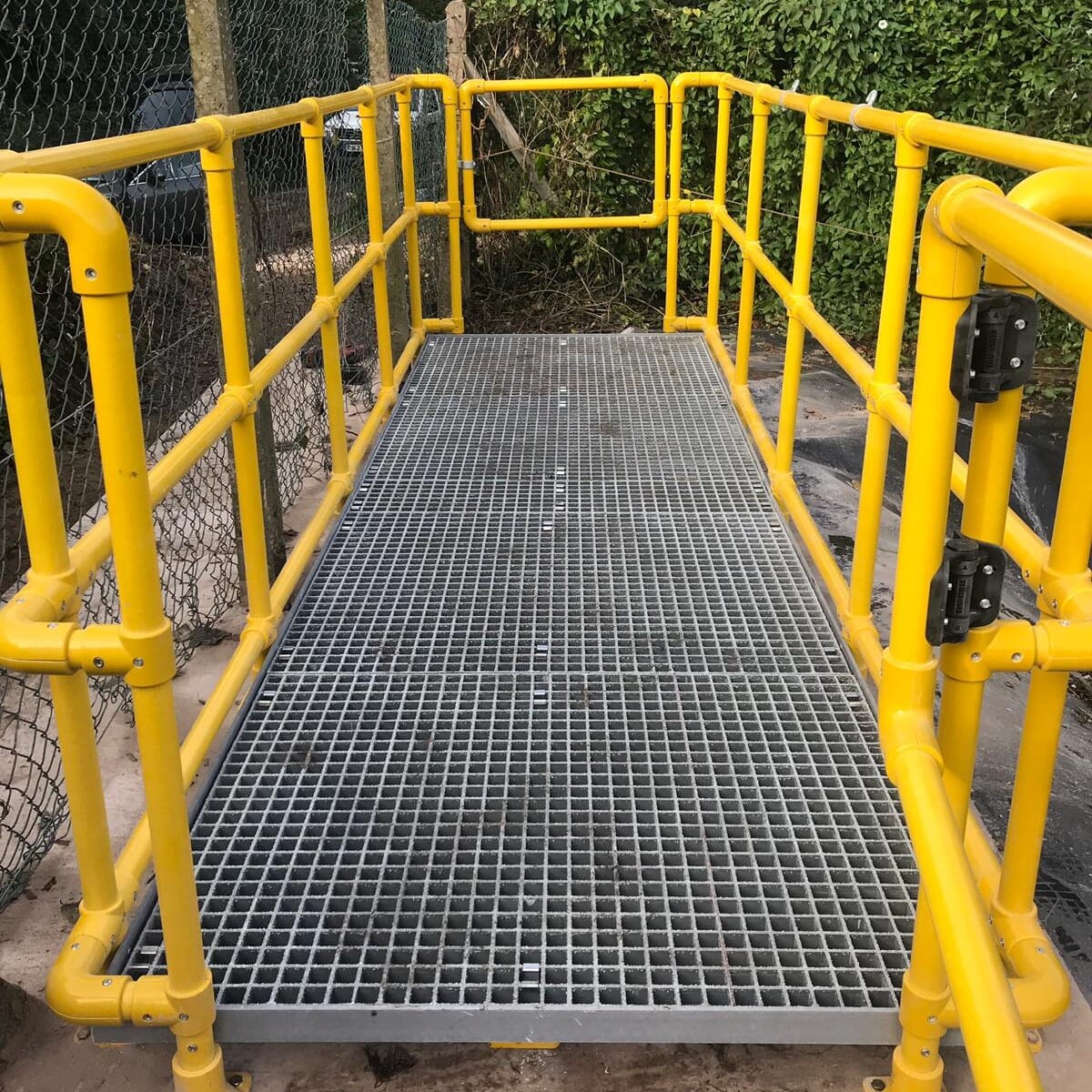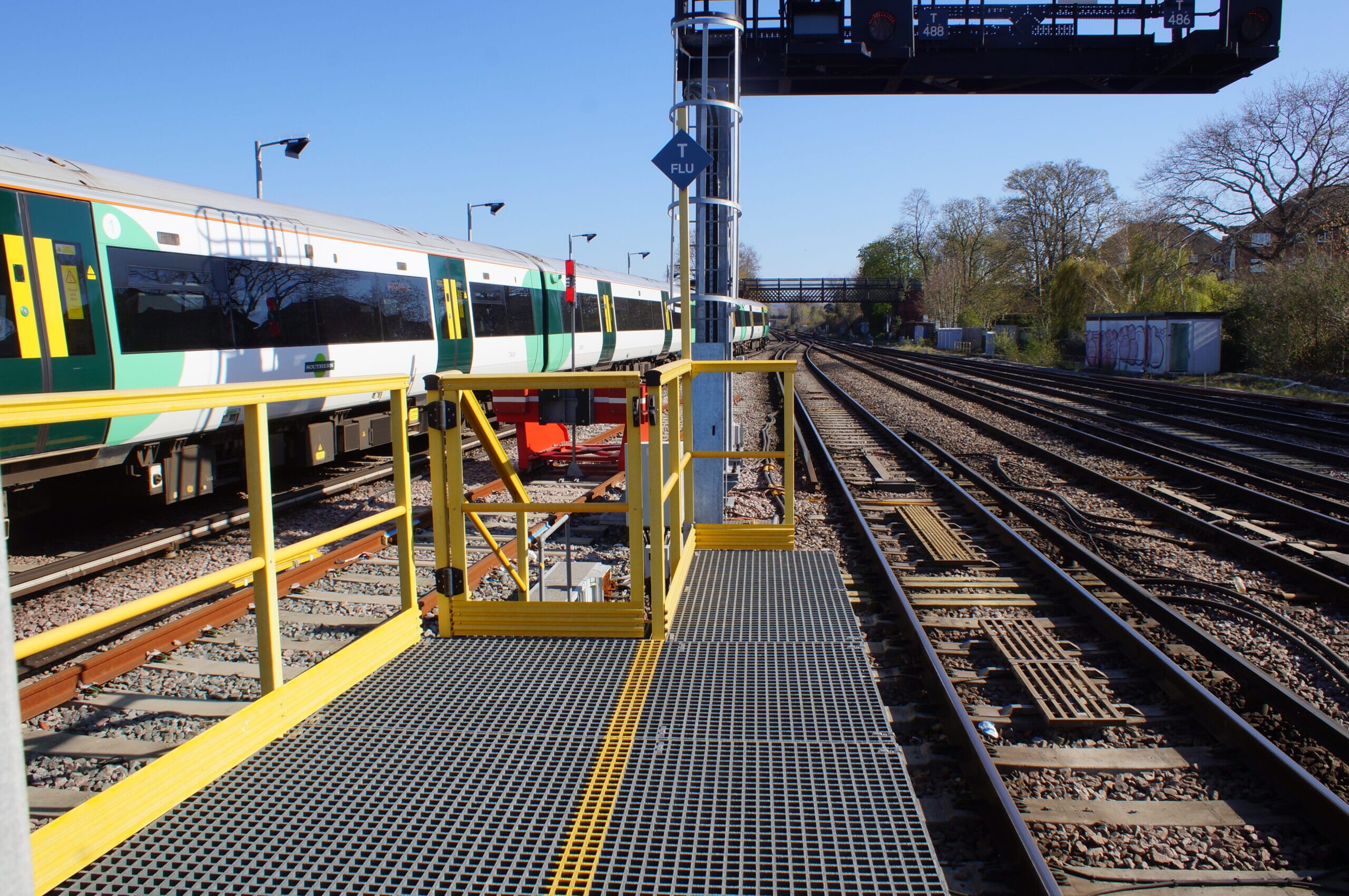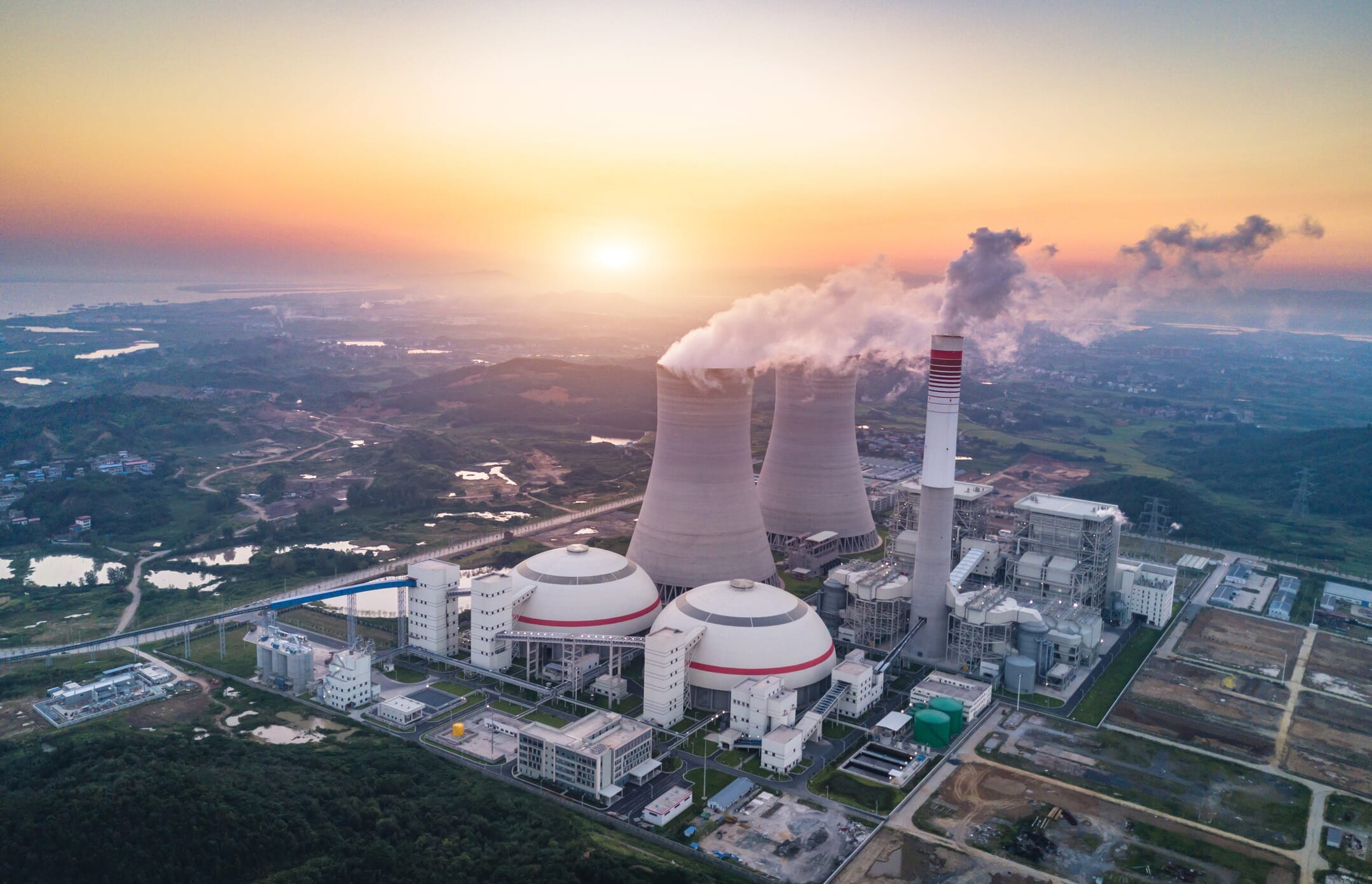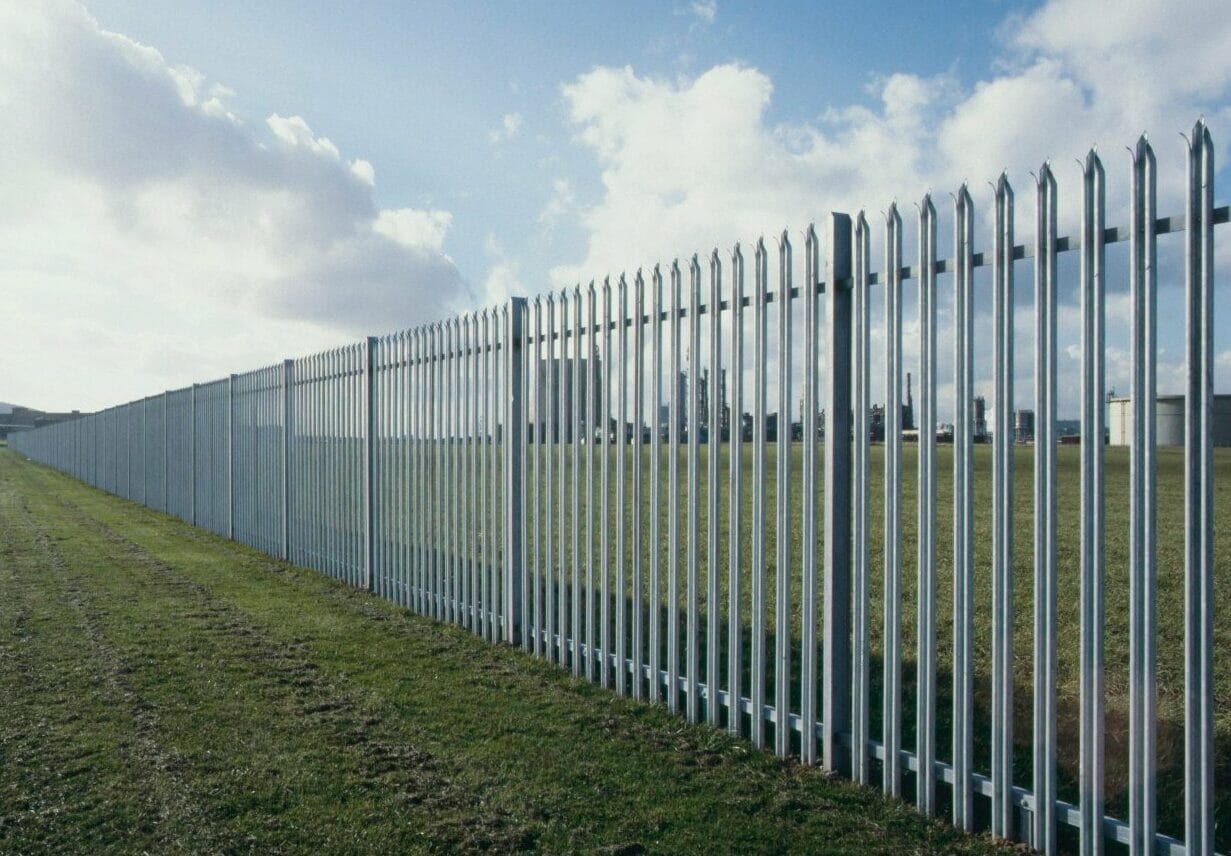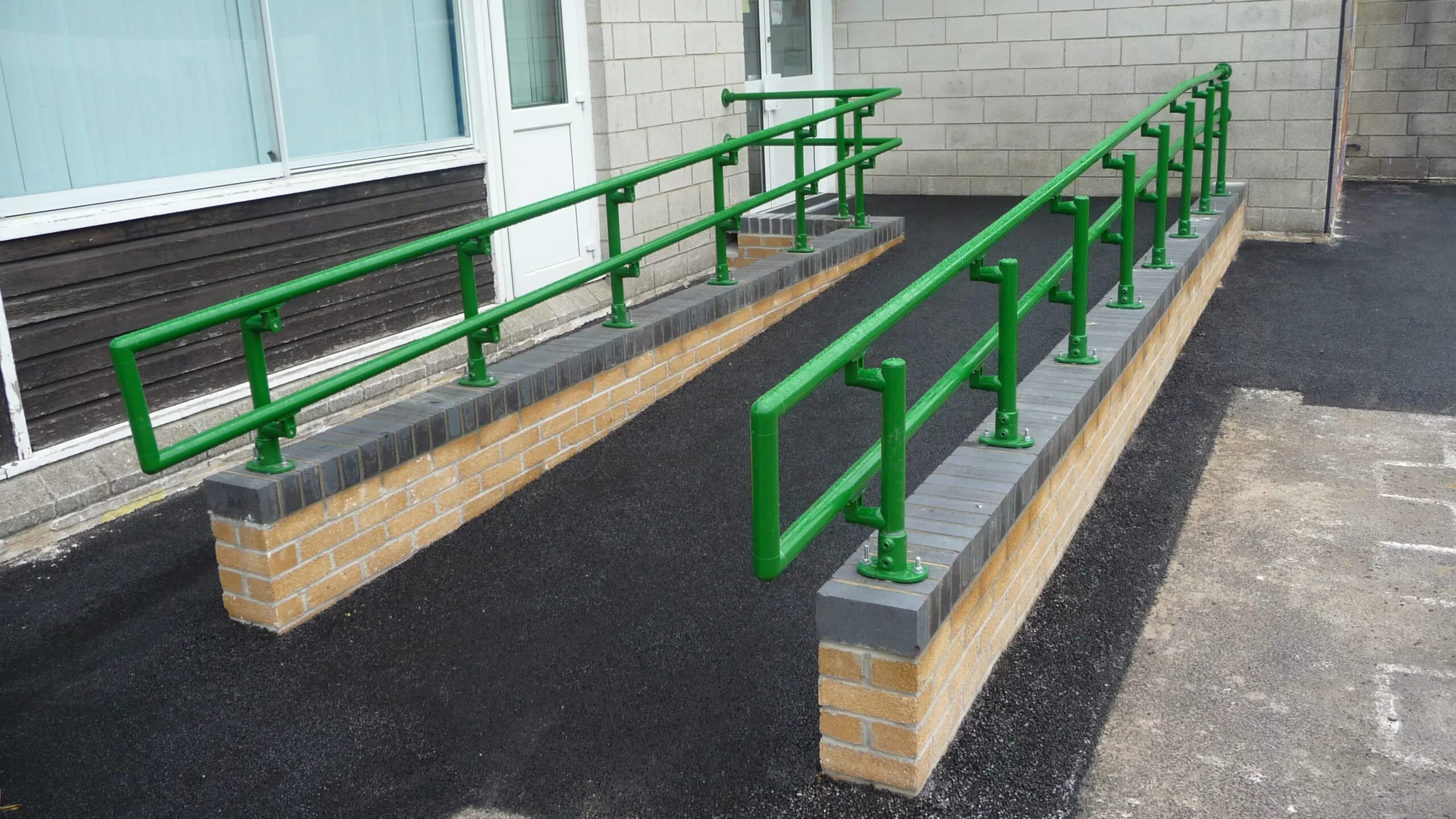How GRP structures combat corrosion in harsh environments
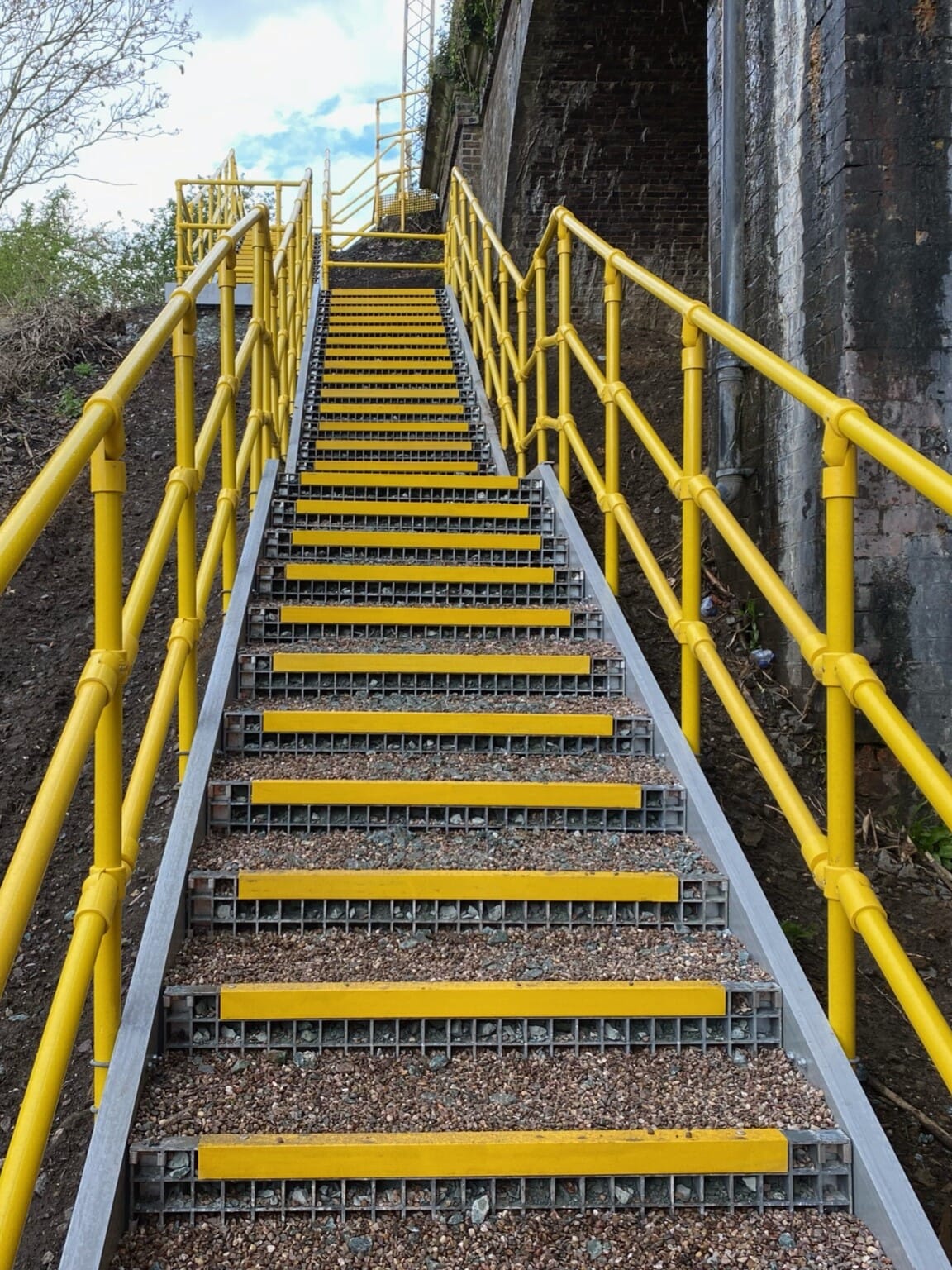
Are your structures often exposed to harsh environmental conditions such as salt-laden sea air or aggressive chemicals? If so, you’ll know all too well that the battle against corrosion is constant.
Traditional materials like steel can rust over time, which compromises the integrity of your structure, leading to increased health and safety risks and costly repairs. If you’re searching for an alternative material that is totally resistant to corrosion, consider investing in GRP structures. GRP is engineered to stand the test of time, even in the harshest marine, industrial, and chemical-heavy environments.
In this blog, we explore the corrosion-resistant properties of GRP, and explain why it’s the ideal choice for your next project.
How corrosion of steel structures occurs
Steel structures are prone to corrosion due to the nature of their chemical composition and the environments they are placed in. The corrosion process occurs when steel reacts with oxygen and moisture, sparking a complex chemical reaction that causes the material to deteriorate over time. This is a serious concern in industries with corrosive environments, such as marine, industrial, and chemical processing, as it poses ongoing safety and maintenance challenges.
The three common types of corrosion in steel structures are:
- Uniform corrosion – a consistent, widespread attack across the entirety of the metal surface that can be accelerated by excess moisture and oxygen
- Pitting corrosion – a localised, aggressive attack that creates small pits in the steel surface, which could cause structural failure
- Galvanic corrosion – this occurs when steel comes into contact with a more noble metal in the presence of an electrolyte, leading to rapid corrosion
Enter GRP: A corrosion-resistant alternative to steel
GRP (Glass Reinforced Plastic) has emerged as a popular alternative to steel in recent years. It is formed by reinforcing plastic resin with fine glass fibres to create a lightweight yet exceptionally strong composite material.
GRP structures have now become the go-to choice for marine, industrial, and chemical applications across the world. Here’s why:
- Corrosion resistance – unlike steel, GRP doesn’t react with moisture, salt, or chemicals. This results in no rust, no rot, and no compromise in structural integrity over time.
- Lightweight – GRP is up to 75% lighter than steel, which helps to simplify transportation and cut down installation costs.
- Non-conductive – GRP is non-conductive in nature, making it safe for use in areas where electrical conductivity could pose a safety hazard.
- Low maintenance – GRP structures can last up to 25 years, reducing the need for frequent inspections and costly replacements.
The applications of GRP in harsh environments
Marine
Structures in coastal and offshore environments are constantly exposed to saltwater and high humidity, which can accelerate the structural corrosion of steel. Common applications of GRP in marine settings include:
- Safe, slip-resistant GRP walkways for piers, docks, and offshore platforms
- Non-corrosive GRP platforms to access busy equipment and operational areas
- GRP handrails along walkways and staircases
- Fixed access GRP ladders in areas where metal alternatives would corrode
- Stable, rust-free pipe supports in damp marine settings
- GRP enclosures to protect electrical infrastructure from salt, moisture, and UV damage
Industrial and chemical facilities
Industrial plants and chemical processing facilities often deal with corrosive substances that can deteriorate traditional materials. GRP is most commonly used in these environments for:
- Safely routing and protecting electrical wiring with GRP cable trays
- Holding up walkways, tanks, and machinery with GRP supports
- Shielding electrical equipment from chemical splashes and airborne contaminants with GRP enclosures
- Enabling safe maintenance access around storage tanks, control systems, and equipment with GRP platforms
Offshore structures
Corrosion in offshore structures is a huge issue. These structures are constantly exposed to harsh conditions, including seawater, wind, and UV rays, which makes steel unsuitable. The common uses of GRP components for offshore structures include:
- GRP gratings to ensure underfoot safety on offshore platforms, walkways, and stair treads
- Creating stable, non-slip surfaces on helipads and access points with GRP decking
- GRP guardrails to protect personnel along the edges of platforms and staircases
- Separating restricted zones and protecting equipment with GRP safety barriers
Choose Ezi Klamp for all your GRP structure needs
Need a reliable structure that can withstand the demands of your environment? We supply a wide range of GRP products that are designed to thrive in the most corrosive conditions, including GRP handrails, GRP palisade fencing, GRP grating, GRP access structures, and GRP catch pit lids.
We’ve helped hundreds of clients operating in the marine, chemical, and industrial sectors by providing safe and reliable GRP structures that perform time and time again. Whether we’re equipping coastal walkways with non-corrosive GRP handrails or supplying chemical plants with acid-resistant platforms and access structures, we pride ourselves on our exceptional customer service and speedy delivery. Plus, we can even offer a dedicated installation service for more complex projects.
Get in touch to discover how our GRP structures can improve your next project.


